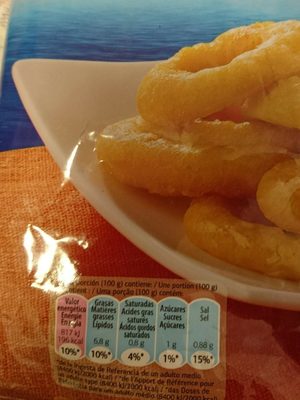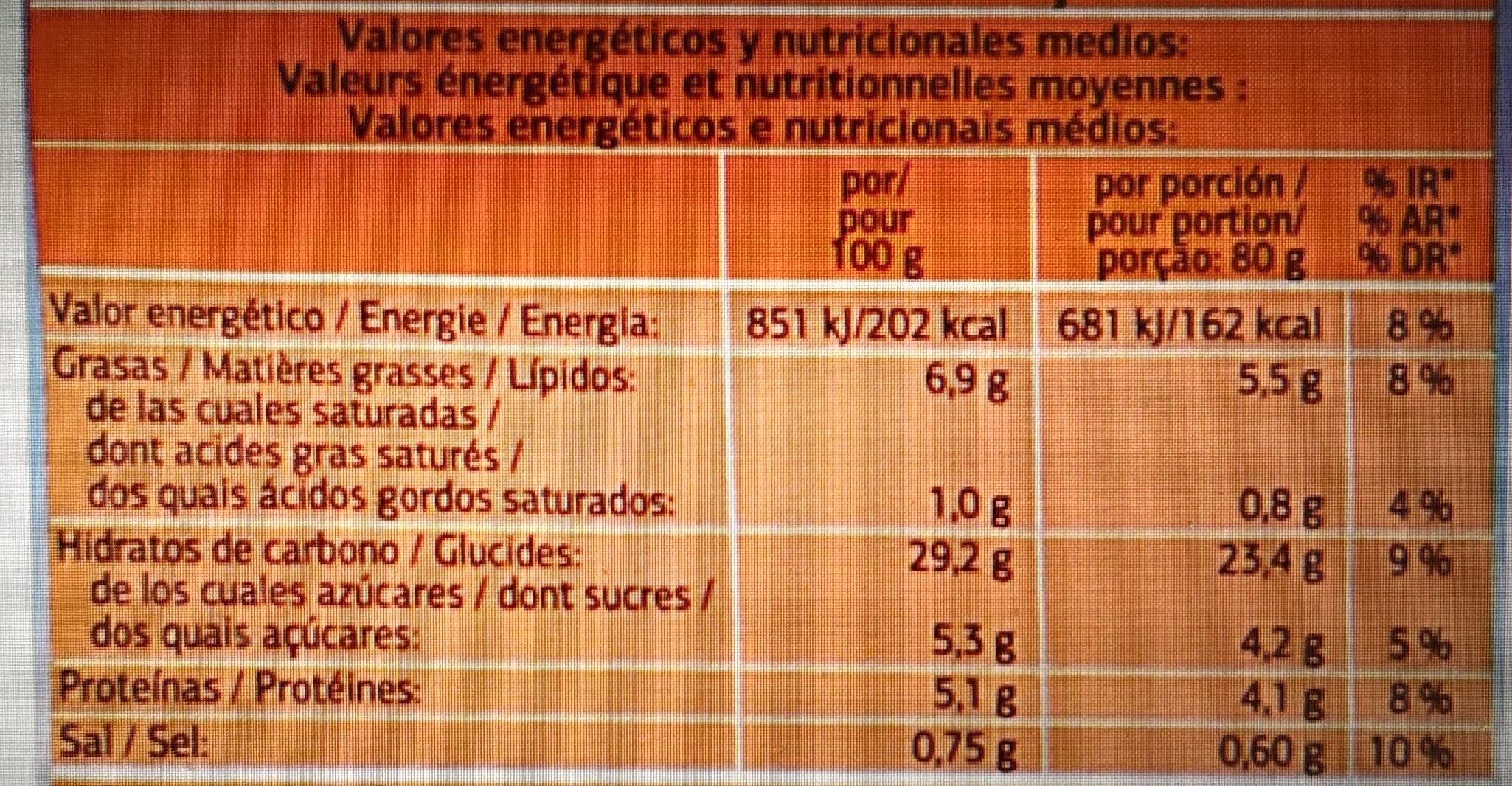Encornets à la romaine - Dia - 400 g
This product page is not complete. You can help to complete it by editing it and adding more data from the photos we have, or by taking more photos using the app for Android or iPhone/iPad. Thank you!
×
Barcode: 8480017052063 (EAN / EAN-13)
Common name: Beignets de Calamars à la Romaine sugelés
Quantity: 400 g
Packaging: Frozen
Brands: Dia
Categories: Snacks, Salty snacks, Frozen foods, Meals, Frozen ready-made meals, Salty Fritters
Origin of ingredients: Spain
Traceability code: ES 26.01061/PO C CE
Stores: Dia
Countries where sold: France
Matching with your preferences
Environment
Packaging
Transportation
Report a problem
Data sources
Product added on by hommedanslalune
Last edit of product page on by packbot.
Product page also edited by desan, kiliweb, manu1400, morganesh, openfoodfacts-contributors, quechoisir, yuka.DIBONdyqHu06PsGC45Aa8ibiRLn8IOFDKEVRog, yuka.DKEaEueSD_wqR9zS8IQ_-me-BfnEB98BI3A1og, yuka.EakbHYakG8UKPcjR_60qhym5Fr_dI_pIGkNSow, yuka.Fb9DDoaOQdAhR8Xv8a8L-iOSJvzCEu1_QGc3og, yuka.ZFBndEVQZ3ZpOUlXZ2NVbG9FTDc1T2xYMzdHZ1hVZW5OckVKSVE9PQ, yuka.ZTRVaU1QMEhvZllxdU1NbDh3dlA2TWwrbHNTMEFWTHBFdWNjSVE9PQ.










